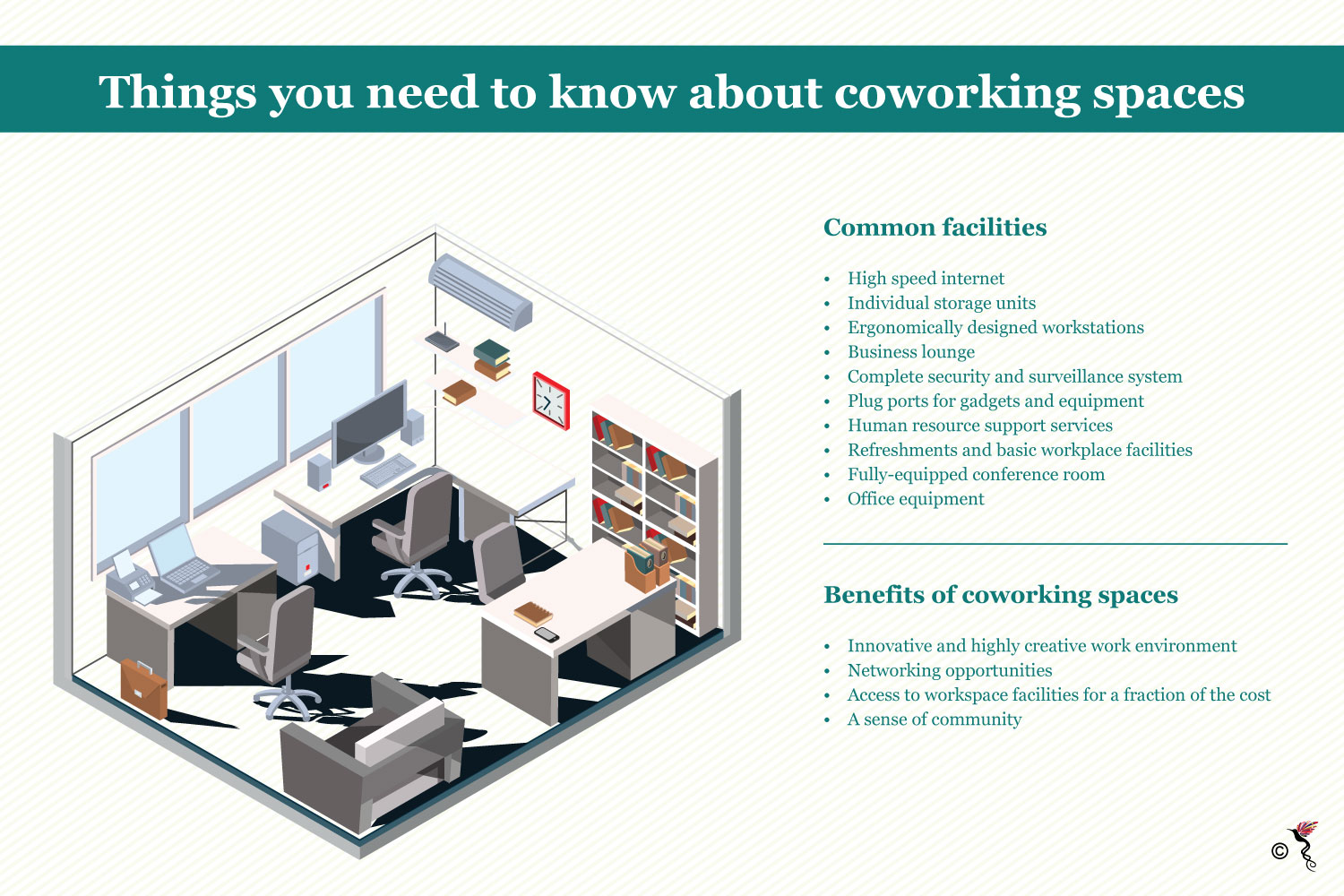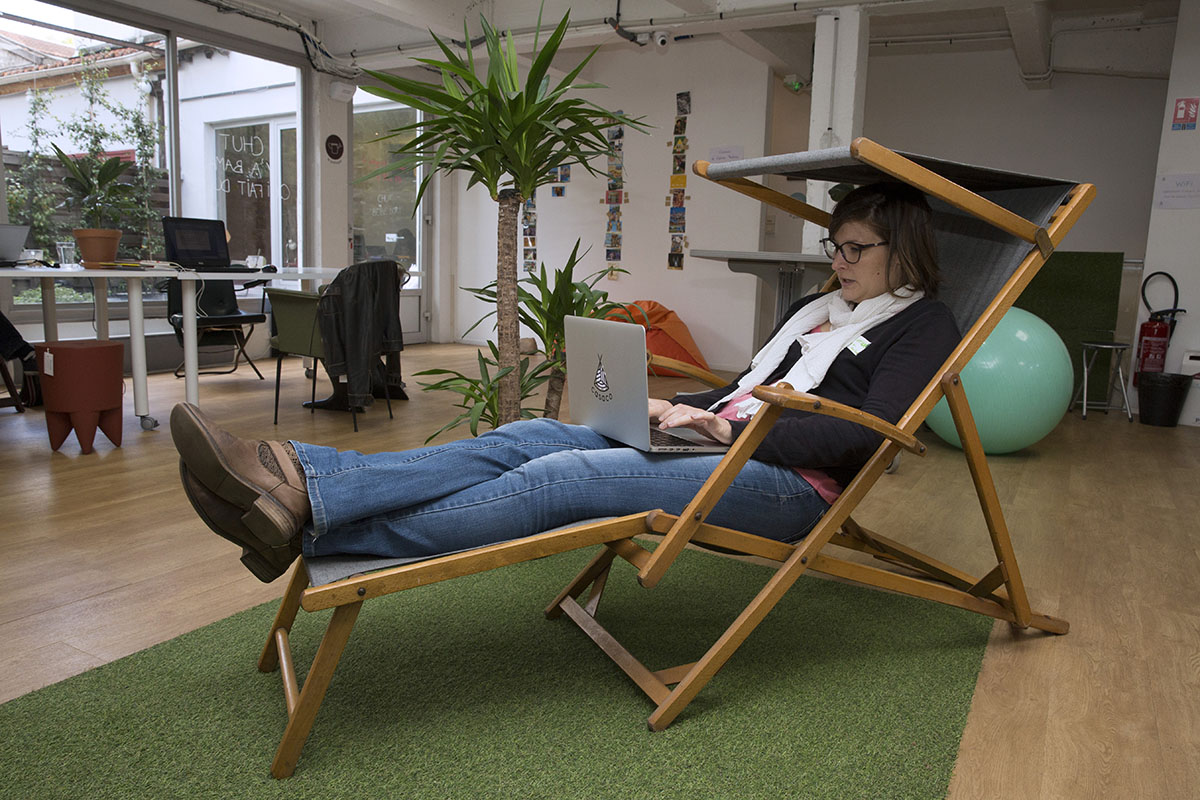Giant companies such as Apple, Amazon, Disney, Google, Harley Davidson and Hewlett-Packard started out in their garages. Hey, you got to start somewhere. However, the entrepreneurial landscape has changed tremendously in the age of information. Today, entrepreneurs around the world have moved out of their garages into modern and more functional coworking spaces.
Back in 2005, the "coworking" movement was popularised by Brad Neuberg, who is currently working as a senior software engineer in Dropbox, in San Francisco. Over the next few years, the idea of coworking spaces had caught the attention of technopreneurs and freelancers in the US (United States).
Here is an infographic that explains the facilities and benefits of coworking spaces:

Basic facts about coworking spaces.
The startup ecosystem in Southeast Asia
Apart from the US, parts of Asia and Southeast Asia have caught up with the coworking movement. Forbes has even said that it is "one of the biggest changes in the work market today". It has also credited the rapid rise of coworking spaces in Southeast Asia to two major factors: the younger startup ecosystem and the heterogeneous nature of the markets within the region.
Compared to the US, most Southeast Asian successful startups started out in coworking spaces, which set an example for other entrepreneurs to follow. Furthermore, the unique qualities of the region where different communities are living in harmony, have made coworking spaces essential for entrepreneurs to expand their businesses through partnerships and collaborations with the networking opportunities that these spaces provide.
At the same time, the internet has brought the world closer, which allow startups to take their business international within a short period of time without having to set up physical offices in another country. Entrepreneurs and freelancers could just hope into coworking spaces that are available in the countries they are visiting, set up their gadgets and work.
The rise of coworking spaces could also be attributed to higher internet penetration rate and the rapid development of e-commerce within the region.
Coworking spaces in Southeast Asia
Chua Yang Liang, the JLL (Jones Lang LaSalle) Head of Research for South East Asia, also said on the company's news site that many Southeast Asian governments are seeing the coworking movement as a way to encourage entrepreneurship in their respective countries. In Indonesia, the local government in Jakarta subsidised two coworking spaces, which are located in Casablanca the Melati Reservoir. Meanwhile, the Singaporean government has taken a pro-active stance in nurturing technological capabilities in various sectors according to Chua. “The focus of the government to creative an innovative ecosystem could lift demand for non-traditional workspace such as co-working space. The recent development of a second incubator hub suggests the government’s confidence in the underlying demand for space going forwards,” Chua said.
Vietnam’s first co-working chain Toong received a seven-digit funding from undisclosed investors in March 2015 while Impact Hub Singapore – the largest coworking community in the island nation – raised about 1.12 dollars (SG$1.5 million). Currently, Singapore has the largest startup ecosystem among all 10 ASEAN (Association of Southeast Asian Nations) countries, followed by Indonesia and Thailand based on an article published by The Straits Times. As Southeast Asian markets grow, coworking spaces will continue to play a vital role in creating a stronger business ecosystem within the region.
